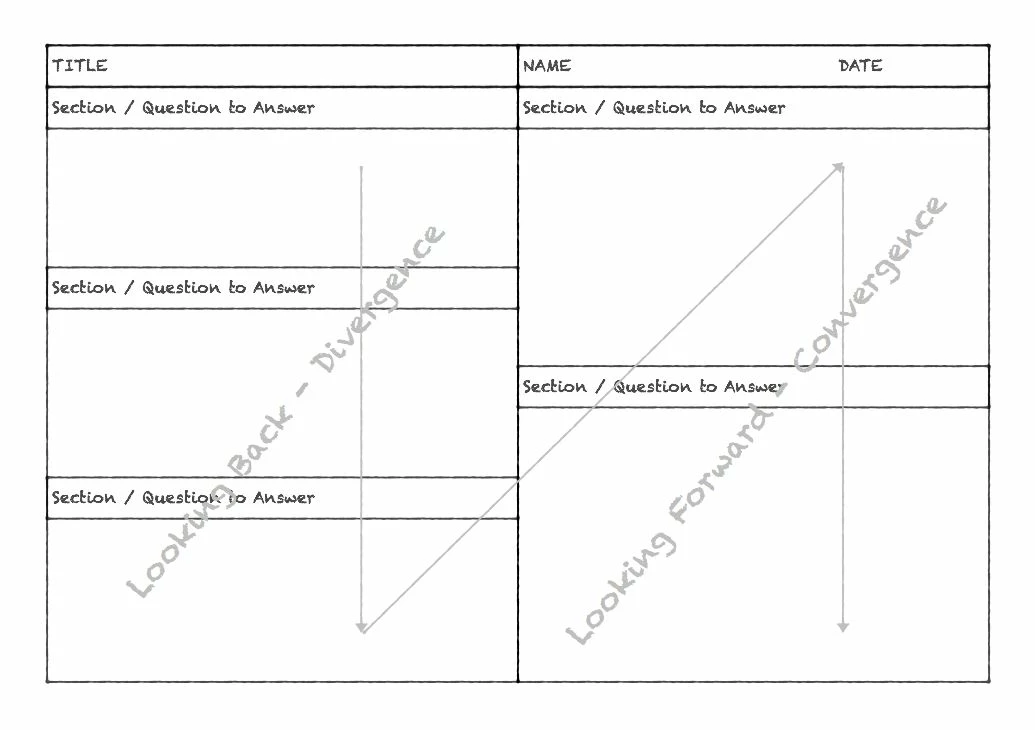
Partner Article
A3 Thinking for a More Agile Business
The average lifespan of top companies is getting shorter, according to a February 2012 report on the Standard & Poors 500 index. In 1960, that average lifespan was around 60 years, it is now fewer than 20, and “at the current churn rate, 75% of the S&P 500 will be replaced by 2027”. This is partly due to the rapid increase in the pace of technology disruption and adoption. For example, WhatsApp, recently purchased by Facebook for $19 billion, went from launch in June 2009 to more than 400 million active users in January 2014 who sent 45 billion messages on New Years Eve 2013. That’s fewer than 5 years and has resulted in an estimated loss of $32.5 billion in revenue from SMS fees for mobile phone networks. Examples like this show us that traditional ways of working are no longer applicable. Businesses need to be more agile to respond faster to changes in the market, competition and technology landscape.
As an example of a traditional approach, I recall a time back in the late 1990s when I was fortunate to be asked to travel to South Africa for my then-employer. The upside was that I got to spend a week in a beautiful conference centre in the countryside outside Johannesburg, and had the opportunity to visit the Sun City resort and game park. The downside was the main reason for travelling- I had to spend a week in document review meetings. I don’t recall the exact details, but there were about 10 people sitting in a room for multiple days, poring over a comprehensive tome trying to nail down all the specifics. A relatively small number of people spent a large amount of time writing and reviewing that document, and it turned out be less than useful in contributing towards a successful delivery. In fact, I left that job before we delivered anything to production, after many late nights, long weekends and missed deadlines. I now know how we could have had a larger number of people involved in those conversations, spending their time much more productively to help deliver a better product more quickly.
To thrive in the modern era, it is essential that businesses find ways to continually harness the creativity and knowledge of the entire organisation. Rather than relying on a handful of people to figure out and document ideas and solutions, everyone should be involved in co-creating shared documents, which can be easily and quickly read and understood. That is the promise that A3 documents bring. A3 paper (approximately 11 x 17 inches) is used by a number of different formats to explore, articulate and communicate something in a simple, readable way on a single sheet of paper. While the detailed elements of various formats change, the overall pattern is one of looking back and divergence, moving to looking forward and convergence. Thus the left hand side explores things such as backgrounds, contexts, histories and options, while the right hand side refines the data down into something specific and actionable. The flow, from the left side to the right side, tells a simple story by answering questions in each section.
The A3 approach is typically associated with being created by Toyota, and can be considered a key element of its continued success. In 2013 Toyota was the largest car maker in the world by sales, with nearly 10 million vehicles sold, bouncing back from recent problems requiring recalls, and the 2011 earthquake and tsunami. This is because the constraint of using a single A3 provides five key benefits:
- Authors must tell a concise story of what has led to the current situation, using simple bullet points or visual elements to convey information where possible.
- The concise format makes it very easy for authors to share by walking around with a physical copy, asking for immediate input and feedback, and annotating with new information.
- The simplicity of sharing makes it very easy for a large number of people to collaborate on the content, generating fast feedback to produce the document more quickly.
- The real-time collaboration, rather than a delayed feedback cycle, surfaces richer information and generates faster learning to ultimately produce higher quality results.
- The single page format is very flexible, and can be easily generated in both a physical form during initial work and electronic form for archiving and wider distribution.
In future posts I’ll explore some specific uses and examples of A3 in more detail. Where could you take advantage of A3s to start realizing these benefits?
This was posted in Bdaily's Members' News section by Rally Software .
Enjoy the read? Get Bdaily delivered.
Sign up to receive our popular morning National email for free.








 Why investors are still backing the North East
Why investors are still backing the North East
 Time to stop risking Britain’s family businesses
Time to stop risking Britain’s family businesses
 A year of growth, collaboration and impact
A year of growth, collaboration and impact
 2000 reasons for North East business positivity
2000 reasons for North East business positivity
 How to make your growth strategy deliver in 2026
How to make your growth strategy deliver in 2026
 Powering a new wave of regional screen indies
Powering a new wave of regional screen indies
 A new year and a new outlook for property scene
A new year and a new outlook for property scene
 Zero per cent - but maximum brand exposure
Zero per cent - but maximum brand exposure
 We don’t talk about money stress enough
We don’t talk about money stress enough
 A year of resilience, growth and collaboration
A year of resilience, growth and collaboration
 Apprenticeships: Lower standards risk safety
Apprenticeships: Lower standards risk safety
 Keeping it reel: Creating video in an authenticity era
Keeping it reel: Creating video in an authenticity era